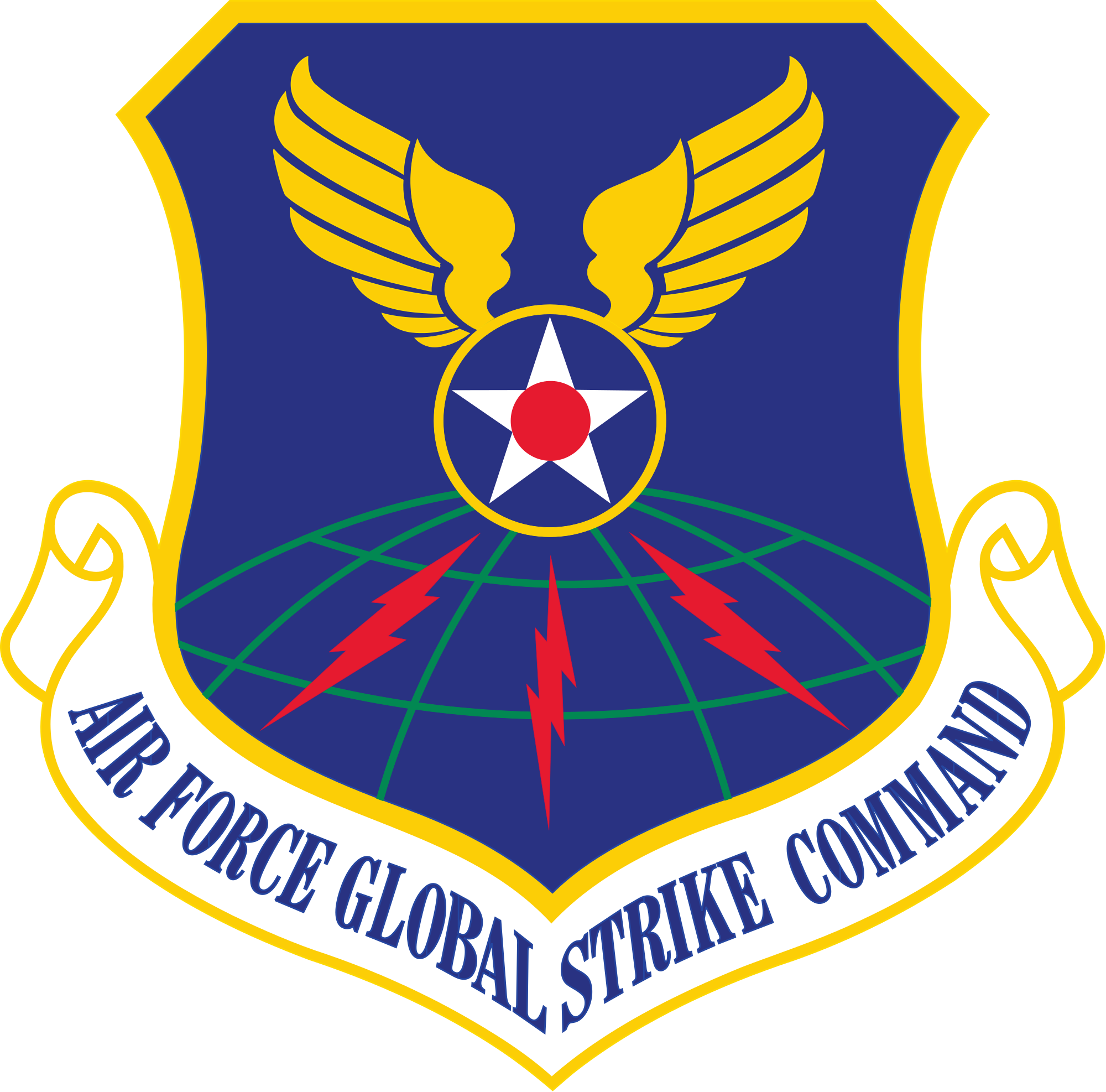The U.S. Air Force “underestimated” the complexity of building a sprawling network of launch centers and other ground infrastructure for its next nuclear missile. This led to severe projected cost overruns, the service’s acquisition chief said Wednesday.
Most of the Air Force’s and industry’s attention was initially focused on the missile portion of the LGM-35A Sentinel intercontinental ballistic missile. Andrew Hunter is the Air Force’s assistant secretary for acquisition, technology and logistics. He said at the Defense News Conference in Arlington, Virginia, on Wednesday that the Air Force “really neglected the complexity of the ground infrastructure.”
The Air Force wants to replace its arsenal of four hundred and fifty ageing Minuteman III nuclear missiles. The Minuteman III program is nearing the end of its life, with the Northrop Grumman-made Sentinel. Sentinel’s replacement includes building new launch control centers across the Plains region, refurbishing existing silos for the new missiles and replacing about seventy-five hundred miles of copper cable connecting the facilities with modern fiber optics. The projected future costs of have skyrocketed.
The Pentagon originally expected to spend seventy-seven billion seven hundred million dollars on Sentinel. However, the program is now likely to cost about one hundred and sixty billion dollars if it stays on its current course. The projected cost overruns alarmed lawmakers and Pentagon officials and triggered an event known as a critical Nunn-McCurdy breach.
After a review announced in July, the military decided that the Sentinel was too important to cancel but must be restructured to bring those costs back down. But the Pentagon said even a “reasonably modified” version would still probably cost one hundred and forty billion dollars which amounts to an eighty-one percent more than the original estimate.
Jim Slife is the Vice Chief of Staff of the Air Force. He said that the Air Force is now going “line by line” through Sentinel’s funding requirements to look for places to reduce its costs. He added that the “exhaustive” process will take months.
Slife said, “The undersecretary (Melissa Dalton), Mr. Hunter’s team and I are deeply, deeply involved in looking at our requirements (and) making sure that we revalidate all the requirements.” The Air Force needs to “trace every single one of them back to either presidential guidance, or departmental guidance for things like safety, security, surety, survivability — all the things that are needed in a system that you’re going to rely on to keep the nation safe. Slife added that finding places to cut costs is challenging. Sentinel’s top-level requirements were fairly straightforward.
Silfe continued that the “derived requirements” that spell out how Sentinel will do its job “actually can become problematic.” Those can include spelling out how many facilities will be needed to carry out Sentinel’s mission and how much concrete those facilities will need to consume and how large a workforce they will require.
The Air Force has not constructed a new ICBM and accompanying infrastructure since the Minuteman III which was deployed in the early 1970s.And because it has been so long since the Air Force undertook a major acquisition of this scale, Hunter said, the Air Force underestimated Sentinel’s complexity. “We’re having to relearn some of those skills and up our game.” The “striking” complexity of Sentinel’s ground infrastructure is crucial to making the ICBM system an effective nuclear deterrent.
Hunter added that “We have to have a missile where we can respond instantly, at all times, without fail, and in the context of the highest of high-intensity conflicts, a potential nuclear exchange. And we ask our ground infrastructure to provide most of those capabilities. The missile is only a small piece of that puzzle.” The Air Force also has to “bring a lot more engineering focus on the ground infrastructure” to simplify Sentinel and bring its costs under control.
